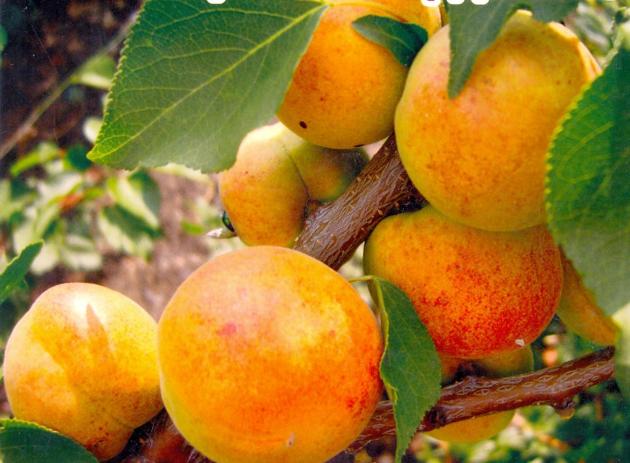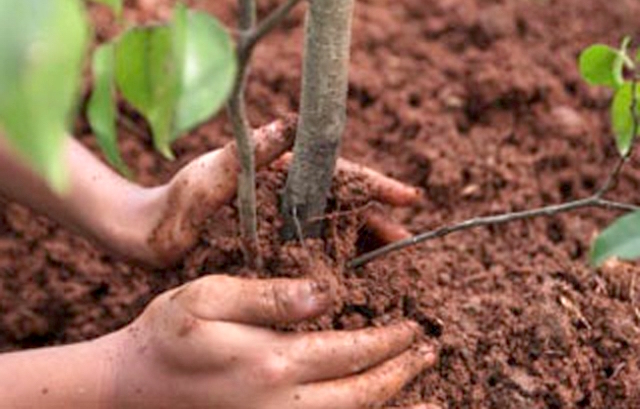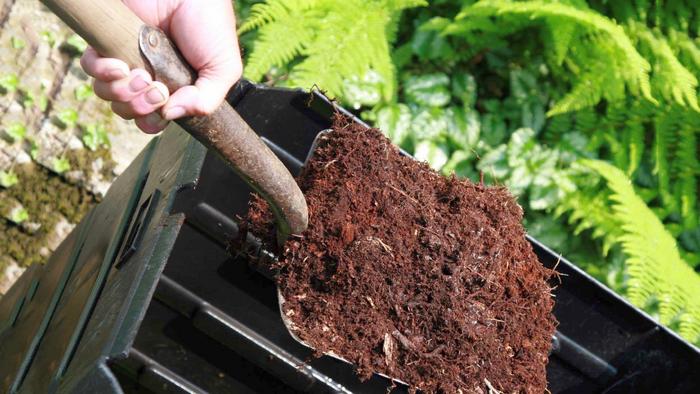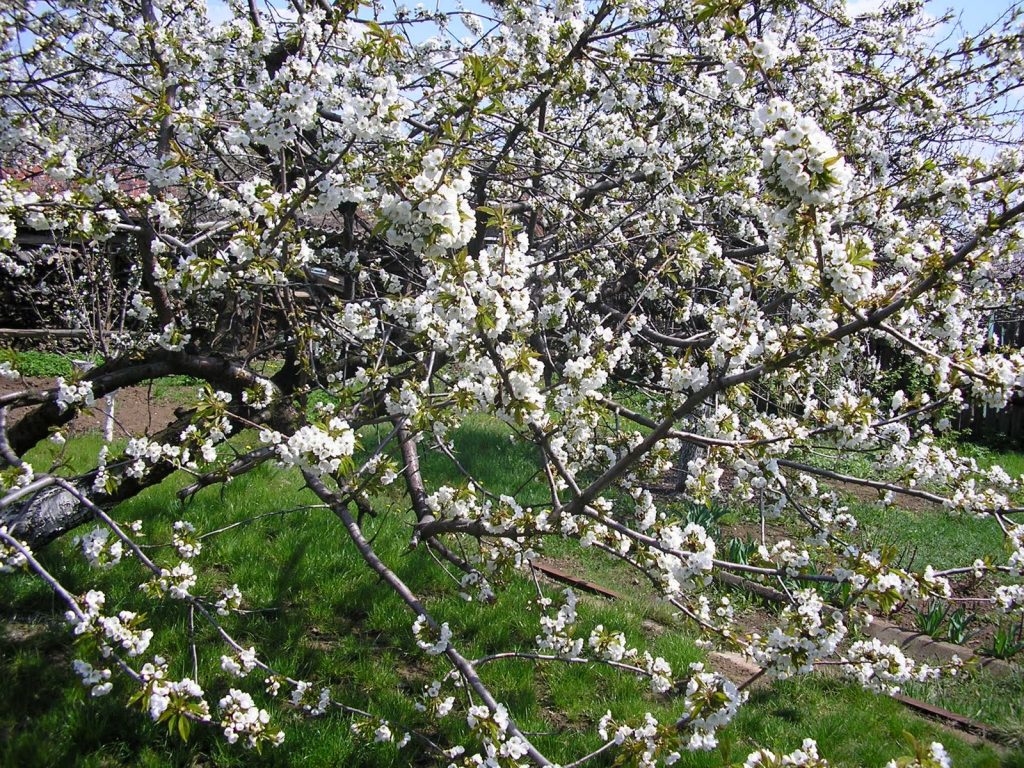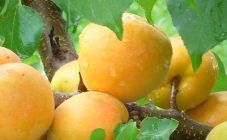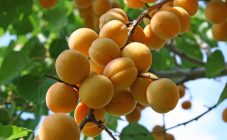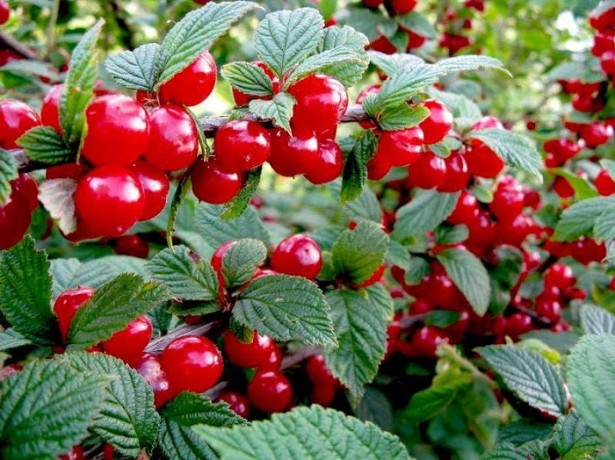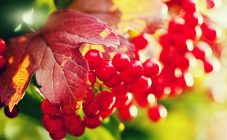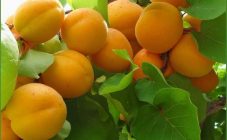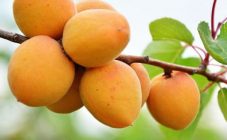Content:
Apricot is traditionally perceived as a fruit crop growing exclusively in the southern sunny regions of our country. Earlier it was considered impossible that such a thermophilic tree with aromatic and tasty fruits "settled" in the gardens of the Urals and Siberia. The very idea of breeding a southern fruit in such unusual harsh conditions was too fantastic. Over the years, thanks to the painstaking and confident work of domestic breeders, this pipe dream has finally come true, and now “southern guests” are growing in the Ural gardens - real apricots with delicious fruits.
Winter-hardy varieties of apricot in the Urals
For successful cultivation and obtaining a bountiful harvest, it is necessary to choose winter-hardy varieties and apply appropriate agrotechnical techniques. This combination helps to grow a healthy and fruitful apricot tree in the Urals. Planting and caring for this fruit crop is associated with the difficult climatic conditions of the region. The main feature of the Ural climate is severe winters with maximum air temperatures up to 40 degrees. In spring, spring frosts and sudden temperature changes are possible, and in summer, from prolonged rains, increased humidity appears, which leads to various diseases of fruit crops.
For such difficult conditions, winter-hardy varieties of apricots are suitable, adapted directly for the regions of the Urals:
- Apricot Northern Lights. Among all varieties, this variety is characterized by the highest resistance to low frost temperatures. This elite variety is appreciated for its tasty fruits with medium pulp and a spectacular appearance of ripe fruits with red ruddy sides. The mass of ripe fruits reaches 30 grams. Unfortunately, the Northern Lights variety can grow out under the influence of excessive moisture.
- Manchurian. This apricot variety is ideally adapted to the most severe frosts down to -30 degrees. The tree can grow up to 12 meters in height. Fruits are small in size with a sour taste. Most often used for conservation.
- Sverdlovsk early apricot. The description of this variety indicates the early maturation of apricots. Ripe fruits reach a weight of 50 grams, yellow, round in shape with a well-separated stone. Used fresh, for preparing compotes, as a filling for pies, suitable for canned products.
- Siberian Baikalov. This variety is well adapted to the harsh Ural climate. It is frost-resistant and tolerates low temperatures down to -35 degrees. Apricot ripens at the end of summer, the maximum yield per tree reaches 25 kg. Ripe fruits are easily separated from the seeds.
- Red-cheeked variety. A tree with a beautiful crown, grows to a height of 8 meters. The fruit has a tasty pulp with an edible bone. In favorable conditions and with proper care, the Krasnoschekiy variety can bear fruit for up to 100 years.
- Khabarovsk. This apricot variety has an average winter hardiness. The crown of the tree is large, spreading. Fruiting occurs at the 4th or 5th year of life. The fruits have a greenish tinge with small splashes of orange-red color. The yield from one tree can reach 35 kg.
This is only a short list of varietal planting material that is recommended for cultivation in the Urals.
Apricot in the Urals planting and care
Growing an apricot begins with a careful selection of seedlings. It is best to contact horticultural nurseries located in your local area. Qualified sales consultants will help you choose special winter-hardy varieties, then you can be sure that the purchased seedling will not only take root in the harsh Ural climate, but also give a good harvest.
When choosing apricot seedlings, you can use the following recommendations:
- Root system. This important part of the tree should be free from visible damage and other defects. The roots should not be overdried or frozen.
- The trunk of the seedlings should not have any thorns, and the surface of the branches should be smooth.
- One-year or two-year-old seedlings take root faster, so they are better suited for planting.
An apricot tree is best planted in the warmest and most elevated place in the garden. In this case, melt and rainwater will not stagnate in the roots of the seedling. On the advice of gardeners who grow apricots in the Ural climate, it is not necessary to put a large amount of humus and manure under the tree. Less fertile soil will allow the tree to finish active growth earlier and better prepare for wintering, which means there will be more chances to endure severe winter frosts. Planting of apricots in the Urals is usually done in the spring, as soon as the threat of a return of severe frosts has passed.
Sequential instructions on how to plant an apricot in the spring in the Urals:
- First, you need to prepare a pit for planting, measuring 80 cm x 80 cm. The exact dimensions depend on the size of the tree's root system. Laying drainage will allow excess water to drain from the roots of the plant, which is detrimental to the tree.
- On top of the drainage layer, a nutritious earthen mixture is poured, consisting of one glass of ash, 10 kg of humus, 700 g of superphosphate and 400 g of potassium sulfide.
- The planting hole is filled with ordinary soil. To fix the tree, a strong peg is inserted in the center of the pit.
- The seedling is carefully planted in the ground, the roots are straightened and sprinkled with loose soil. So that there are no air voids between the roots and the ground, the seedling is slightly shaken during planting. The land around the tree must be carefully compacted and a near-stem roller should be formed, which facilitates watering.
- After that, the seedling is watered at the rate of 2 liters of water per tree.
The planted tree is tied to a wooden peg and the peri-stem ring is mulched.
In the climatic conditions of the Urals, the fruit apricot tree needs special care in winter and early spring:
- In early spring, during the massive melting of snow, it is necessary to ensure that there is no accumulation of excess moisture in the peri-stem circle, which can cause rotting of the tree roots.
- Water the apricot regularly in moderate portions so that there is no stagnation of water.
- Spring fluctuations in temperature and frost pose a great threat only to the swollen buds of the tree. If, according to the weather forecast, frost is expected, then it is recommended to carry out smoke. On the advice of experienced gardeners, damp hay or straw can be set on fire for this purpose.
- The apricot tree, like all fruit trees, needs feeding. Since the soil has already been prepared when planting a seedling, it is not necessary to additionally feed the tree for the first three years. When the seedling reaches the age of three, it is regularly fed with organic and mineral fertilizers. After the age of five, the amount of fertilizer applied should be doubled.
The grown tree needs formative pruning, and the old ones are rejuvenating and sanitary pruning.
By the winter cold, the following measures are taken to protect the tree:
- To protect the root system, the fruit tree is dug in a circle with a radius of 1 to 2 meters. The earth is sprinkled with a leaf mixture with the addition of peat and humus. The recommended thickness of such protection is from 10 to 20 centimeters.An additional protective layer is laid on top, consisting of straw, reeds or corn stalks.
- During severe frosts, the tree can be badly damaged. Therefore, it is wrapped with a film or dense agrofibre, previously fixed on pegs. In such a protective cap, the apricot will be warm and breathe freely. The root collar is additionally wrapped in burlap.
- Sometimes roofing felt on a pre-installed wooden or metal frame is used as a protective shelter. The upper hole is closed with a metal mesh, and then covered with roofing material again. In such a "cocoon" the tree is not afraid of the most severe frosts.
Of course, caring for fruit crops in the northern regions and carrying out all these protective measures is a laborious task, it takes a lot of time and effort, but what a pleasure a gardener will get in the spring from the sight of an apricot tree strewn with delicate flowers and green leaves.
Planting apricots in Bashkiria
For successful cultivation, you should heed the advice of experienced gardeners who know some of the intricacies of successfully growing this fruit crop.
Apricot in Bashkiria, planting and care:
- Fruit trees in this region are at risk of support during the spring thaw. The apricot, whose root collar is podoprell, at first actively blooms, and then after a while dies. To solve this most common problem, gardeners of Bashkortostan are advised to shovel snow from the root collar at a distance of 20 to 30 cm, letting the ground freeze a little. In early spring, the procedure is repeated and the drainage grooves are additionally digged.
- Apricot seedlings grafted onto other fruit trees: plum, cherry-plum or blackthorn, have proven themselves well. Apricots grown on rootstocks are less sensitive to temporary root flooding.
- For successful pollination to attract bees and other insects, you can spray the tree crowns with honey or sweetened water.
It is recommended to plant two different varieties of seedlings side by side. In this case, the best conditions are created for pollination of flowers, and, consequently, for the ovary of fruits.
